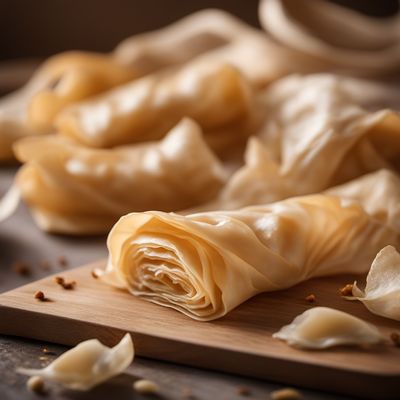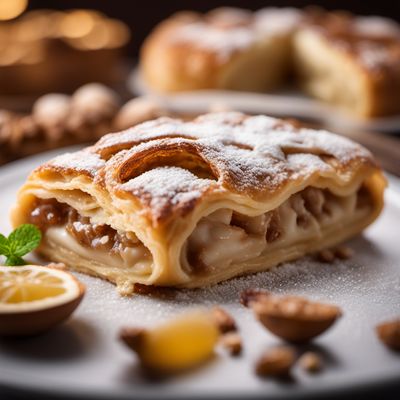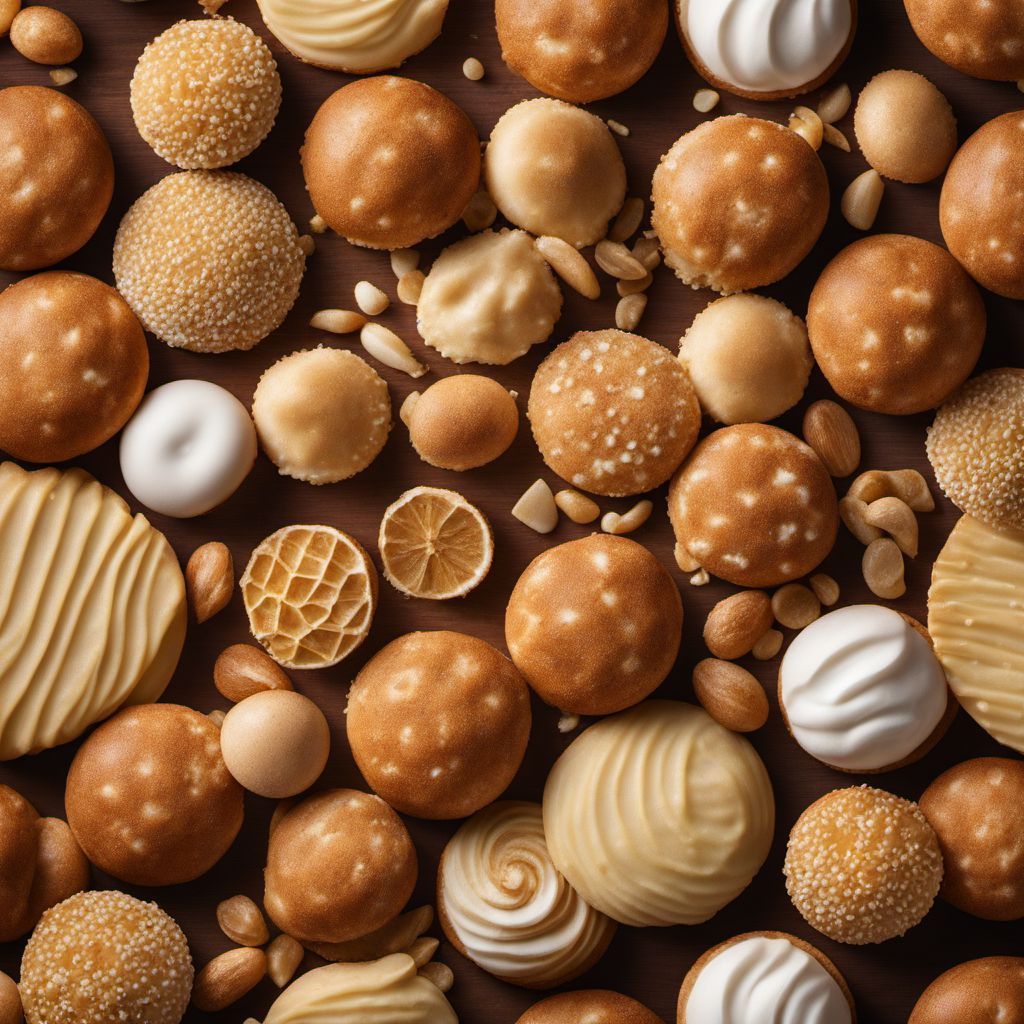
Ingredient
Laminated doughs
The Art of Layered Delights: Exploring Laminated Doughs
Laminated doughs are made by repeatedly folding and rolling a dough with layers of butter or fat in between. This process creates a unique texture characterized by delicate, crisp layers that separate when baked, resulting in a light and airy pastry. The dough is typically made with flour, water, salt, and sometimes yeast, while the butter or fat is incorporated through a technique called "laminating." The dough is rolled out, folded, and chilled multiple times to create the desired number of layers. The result is a pastry that is both visually stunning and incredibly delicious.
Origins and history
The origins of laminated doughs can be traced back to France, where the technique was perfected and popularized. The famous French croissant and puff pastry are prime examples of laminated doughs. The process of laminating dough was developed in the 17th century, and it quickly became a staple in French patisseries. Over time, laminated doughs spread across Europe and gained popularity worldwide, becoming an essential component in various pastries, such as Danish pastries, turnovers, and palmiers.
Nutritional information
Laminated doughs are indulgent treats that are higher in calories and fat due to the generous amount of butter or fat used in their preparation. However, they are not typically consumed in large quantities, making them a delightful occasional indulgence.
Allergens
Laminated doughs may contain wheat, dairy (butter), and sometimes eggs, making them unsuitable for individuals with gluten or dairy allergies, or those following a vegan diet.
How to select
When selecting laminated doughs from a store, look for products that are freshly made or have a recent production date. The dough should be firm and evenly layered, with no signs of discoloration or excessive moisture. If purchasing from a bakery, opt for establishments known for their quality pastries and ask about their production methods.
Storage recommendations
To maintain the freshness and quality of laminated doughs, store them in an airtight container or wrap them tightly in plastic wrap. They can be refrigerated for up to 3 days or frozen for longer storage. When ready to use, allow the dough to thaw in the refrigerator overnight before proceeding with the desired recipe.
How to produce
Producing laminated doughs at home requires patience and practice. Amateur bakers can follow detailed recipes and step-by-step instructions available in cookbooks or online resources. The process involves mixing the dough, incorporating the butter or fat, and then performing a series of folds and rolls to create the desired number of layers.
Preparation tips
When working with laminated doughs, it is crucial to keep the dough and butter or fat cold throughout the process. This ensures that the layers remain distinct and the dough rises properly when baked. Additionally, avoid overworking the dough, as this can result in a tough and less flaky pastry. When rolling out the dough, use a light touch and a lightly floured surface to prevent sticking. Experiment with different fillings and shapes to create a variety of pastries, from croissants to turnovers and more.
Substitutions
N/A (There are no suitable substitutions for laminated doughs as their unique texture and flakiness cannot be replicated with other ingredients.)
Culinary uses
Laminated doughs are the foundation for a wide range of pastries and baked goods. They are commonly used to create croissants, Danish pastries, puff pastry, turnovers, and palmiers. These doughs can be filled with sweet or savory fillings, such as chocolate, fruit, cheese, or vegetables, offering endless possibilities for creative and delicious treats.
Availability
Laminated doughs are commonly available in grocery stores, bakeries, and specialty pastry shops worldwide.
More ingredients from this category
Recipes using Laminated doughs
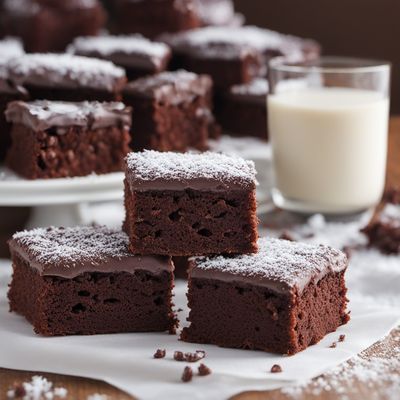
Homemade Chocolate Lamingtons
Decadent Chocolate-Coconut Squares: A Taste of Australia
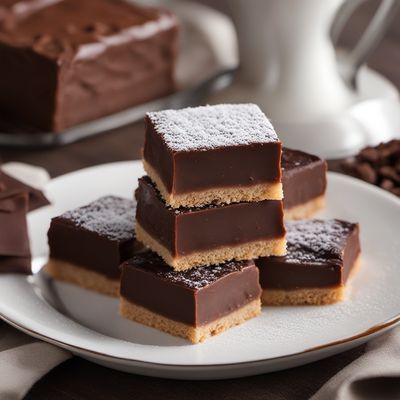
Bosnian Coconut Chocolate Squares
Decadent Bosnian Delight: Coconut Chocolate Squares

Silvanas with a Nordic Twist
Nordic-Inspired Silvanas: A Delicate Meringue Cookie Sandwich

Jan in de zak - Aragonese Style
Aragonese Delight in a Bag
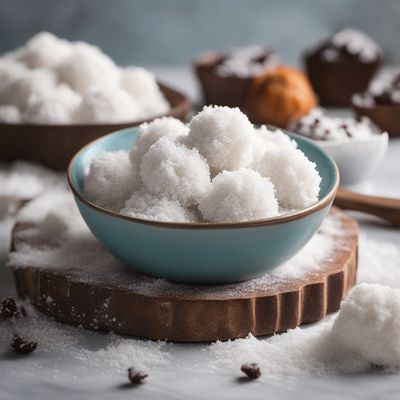
Homemade Coconut Sno-Balls
Coconut Delight: Homemade Sno-Balls with a Tropical Twist
